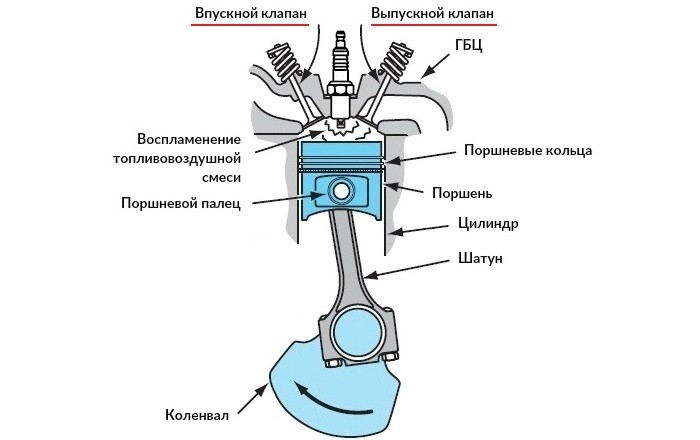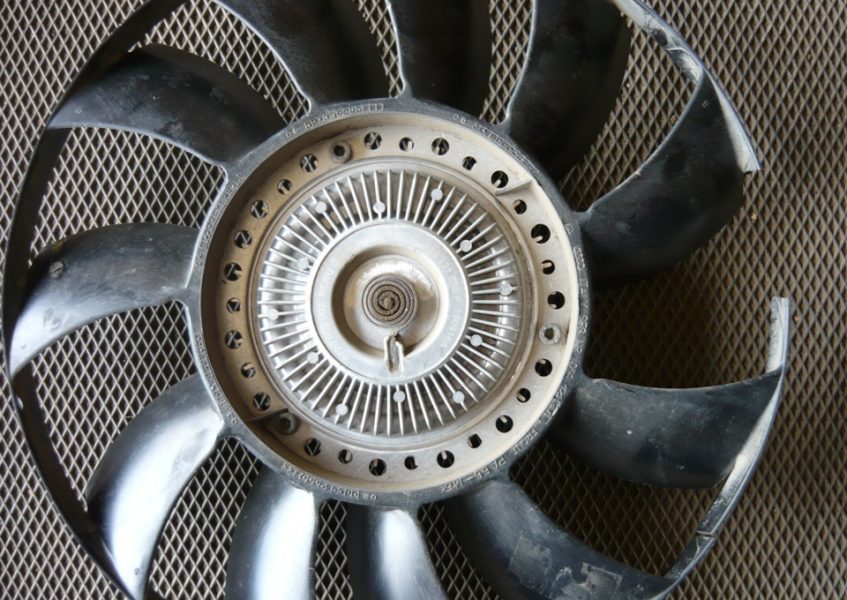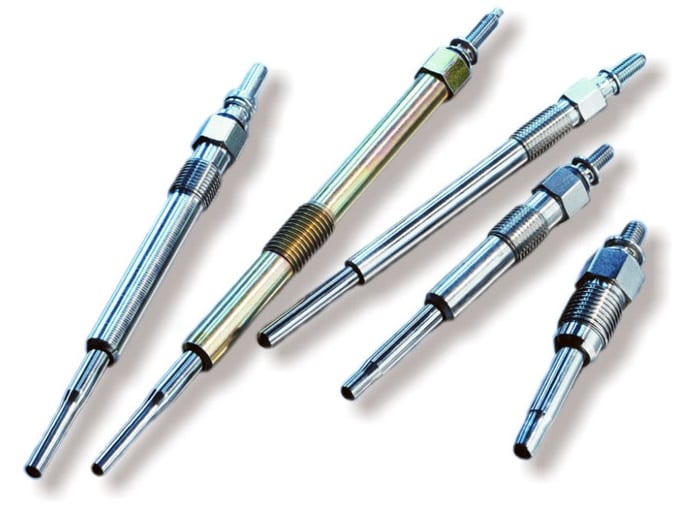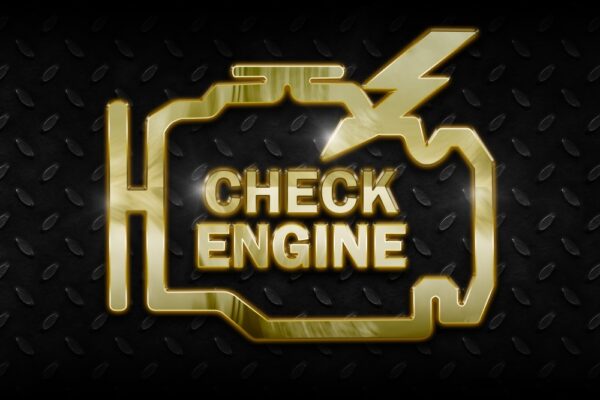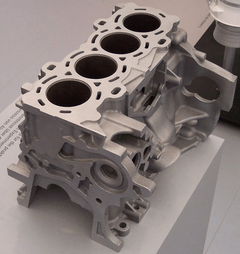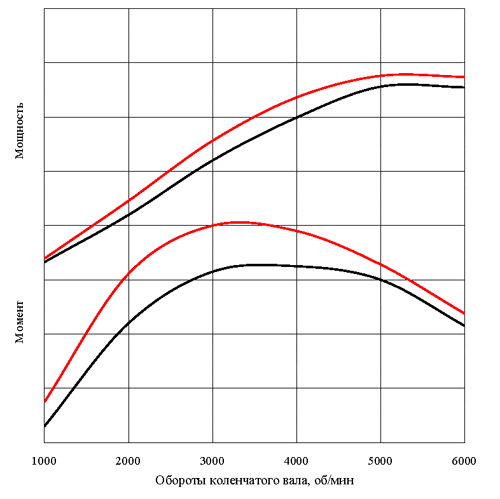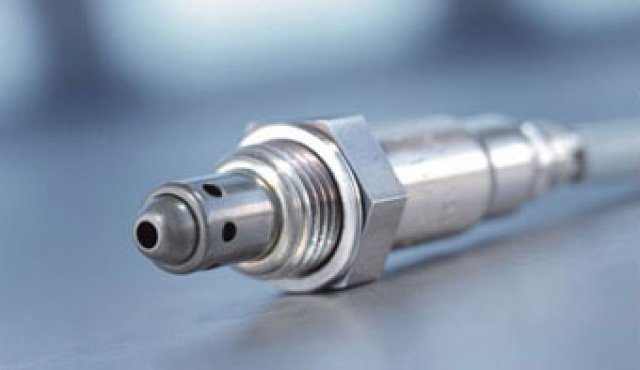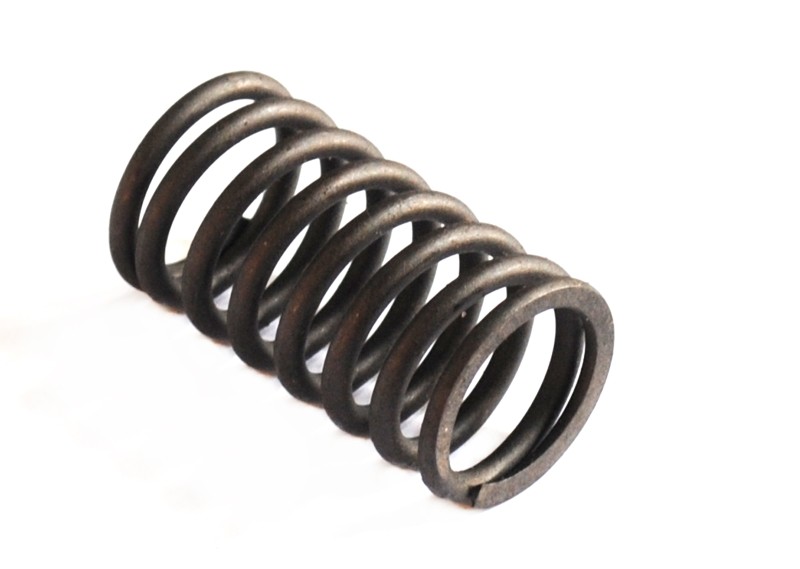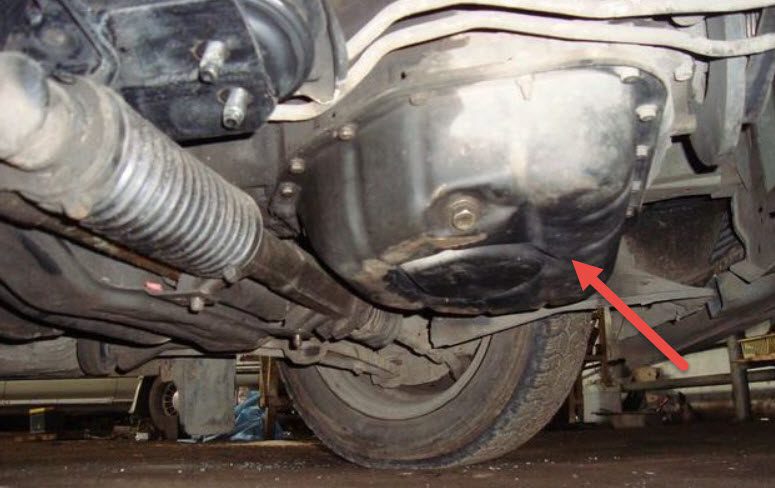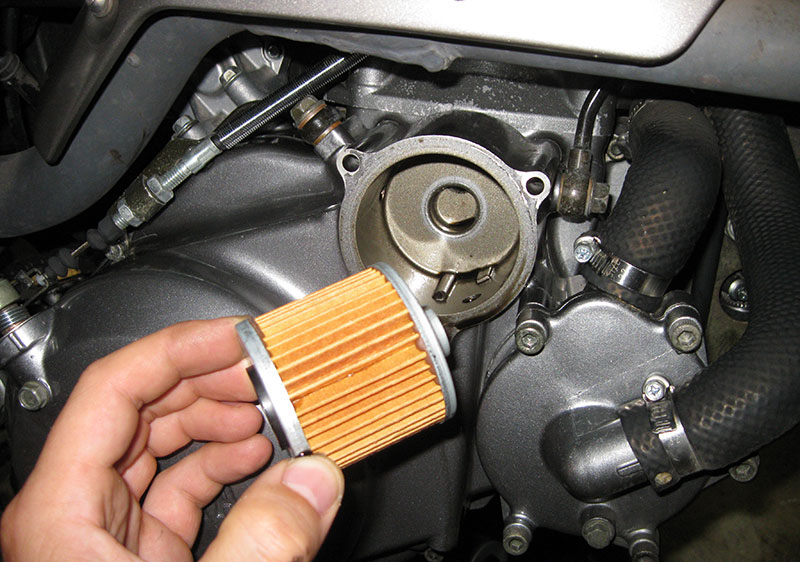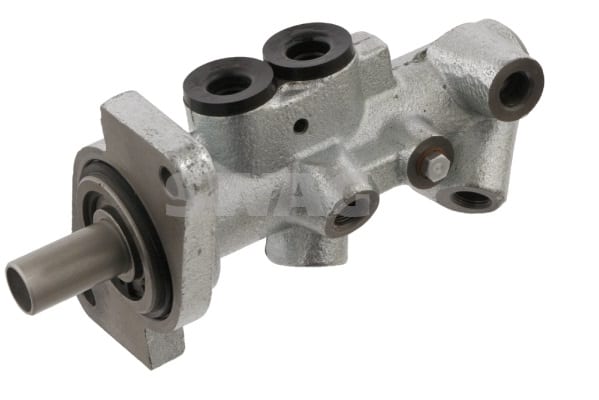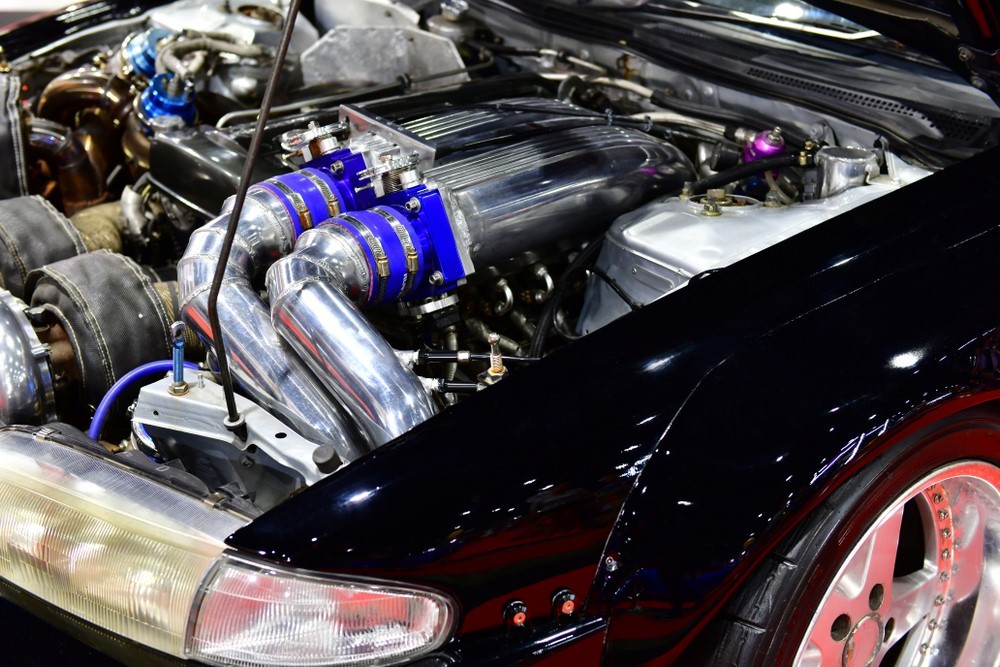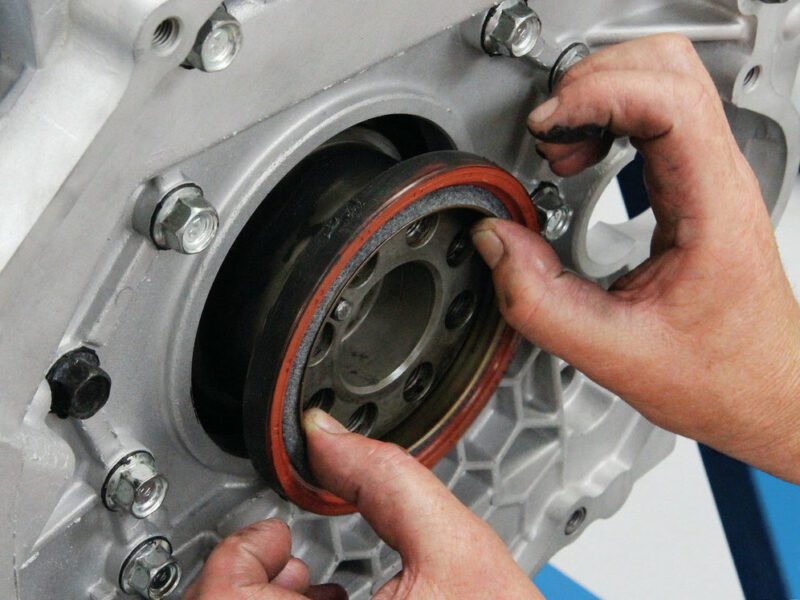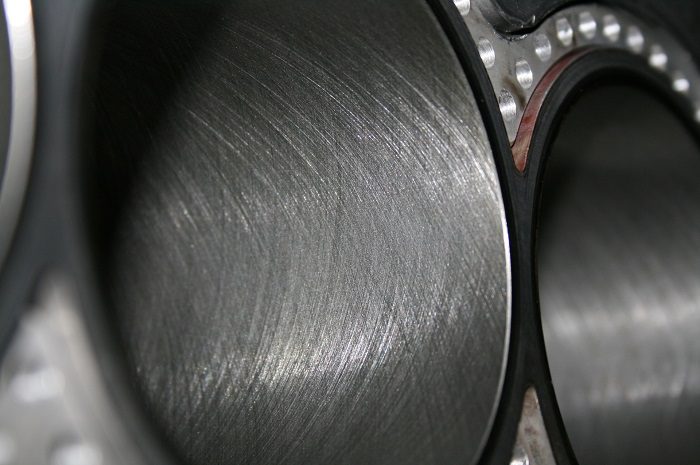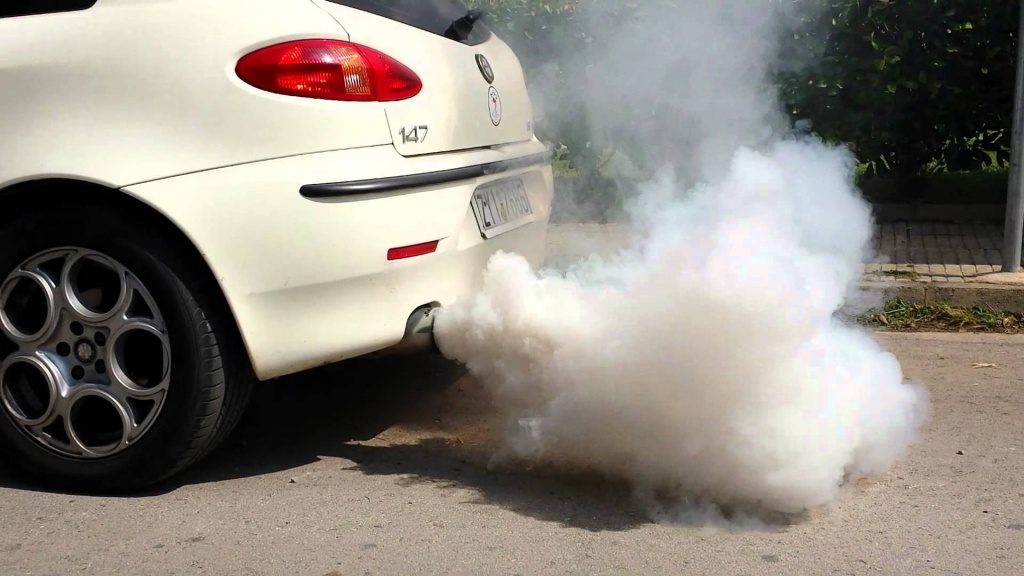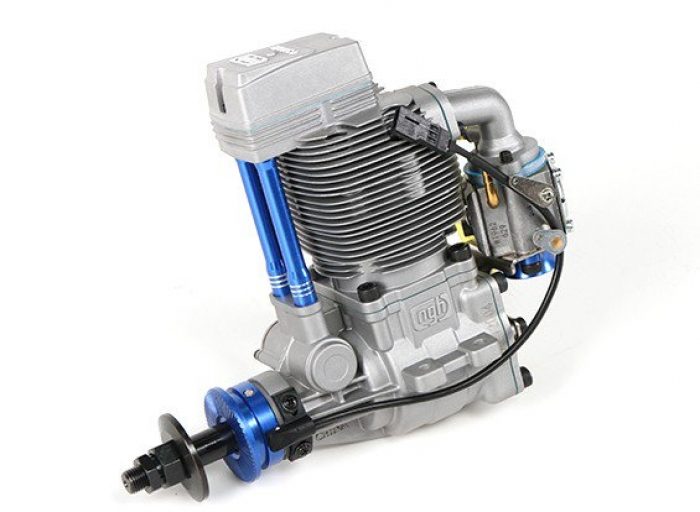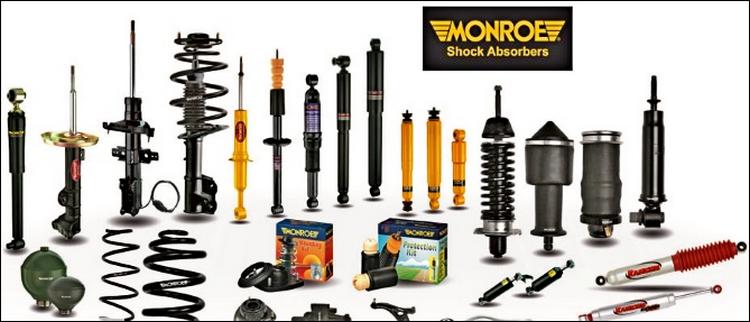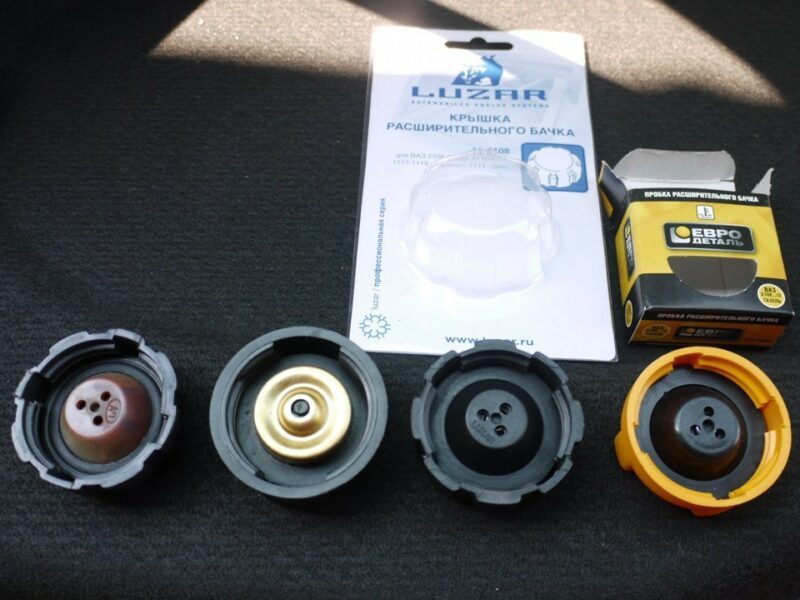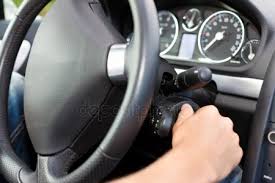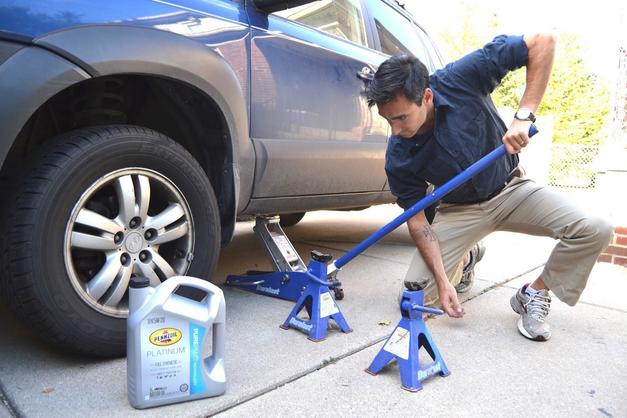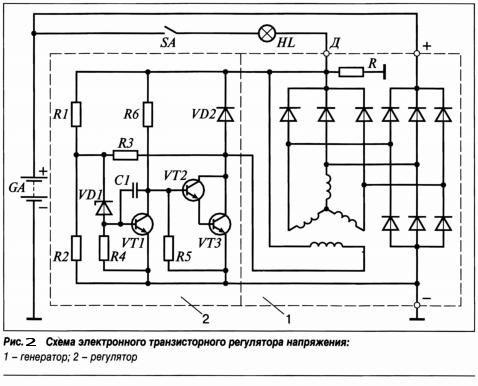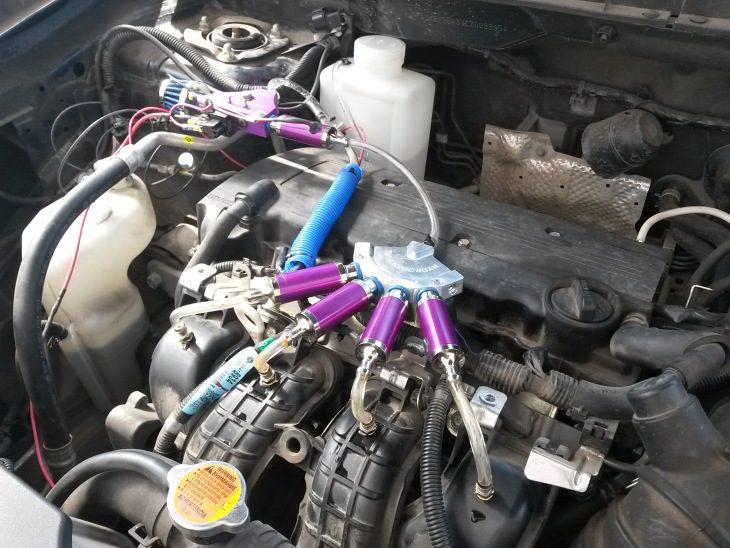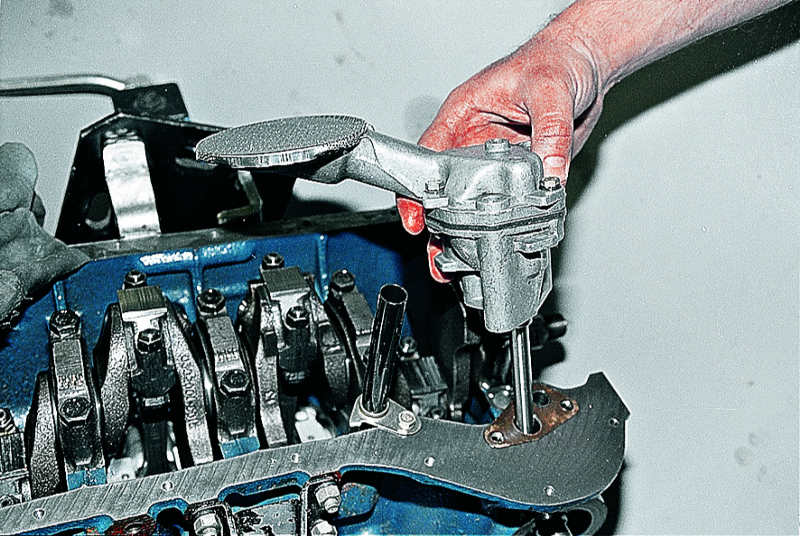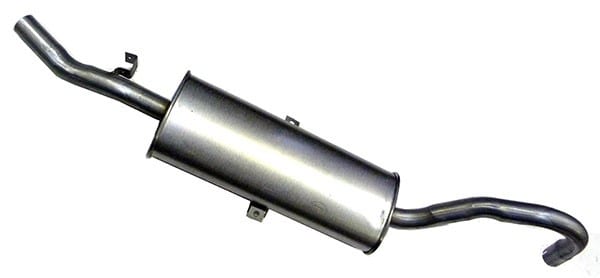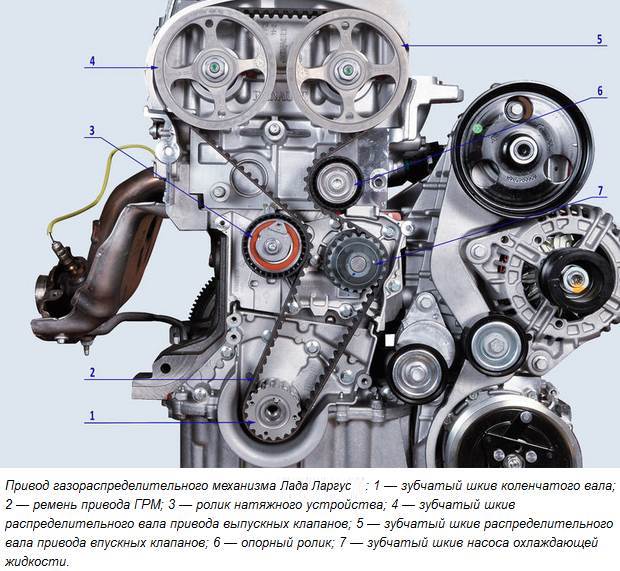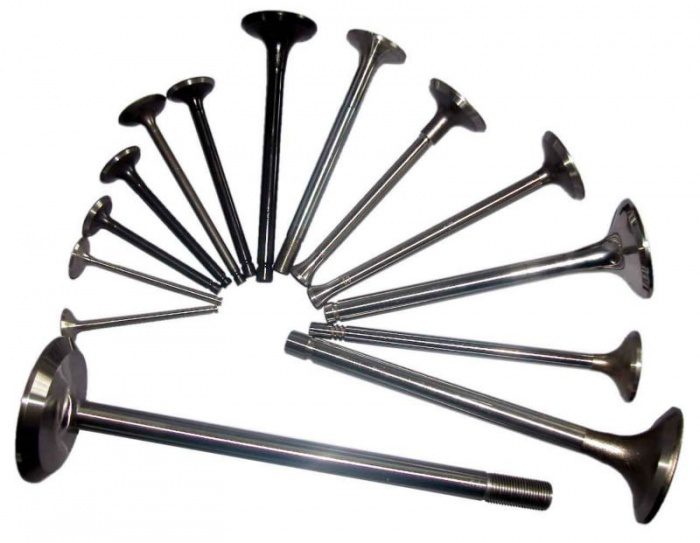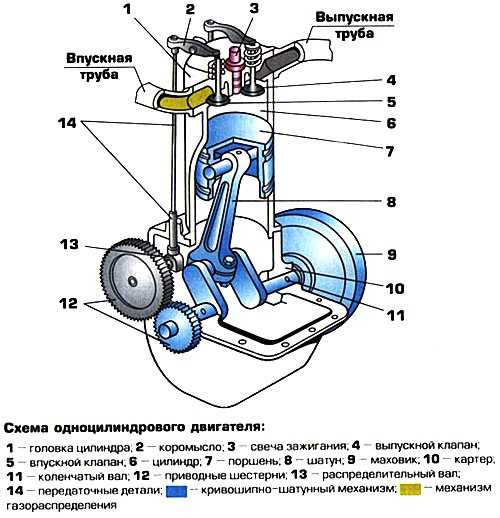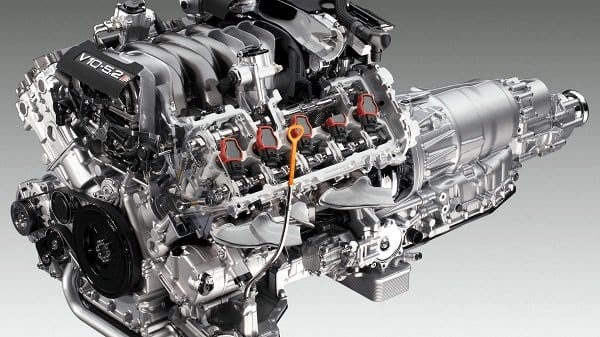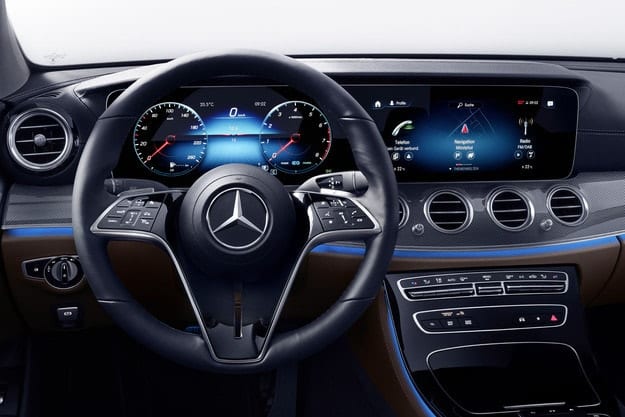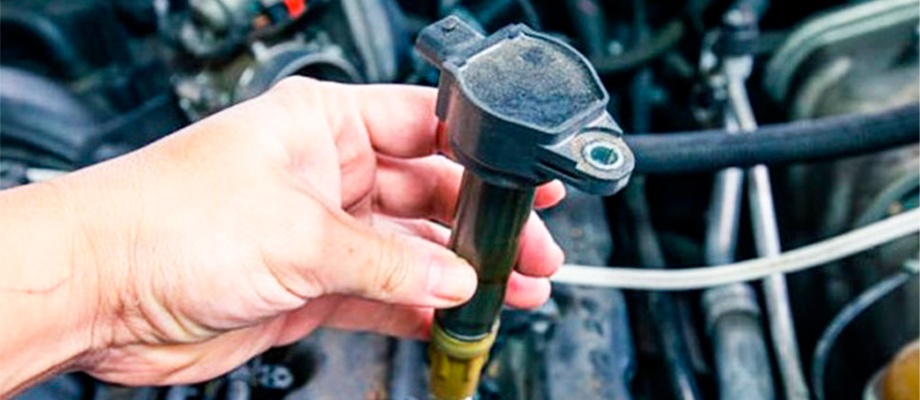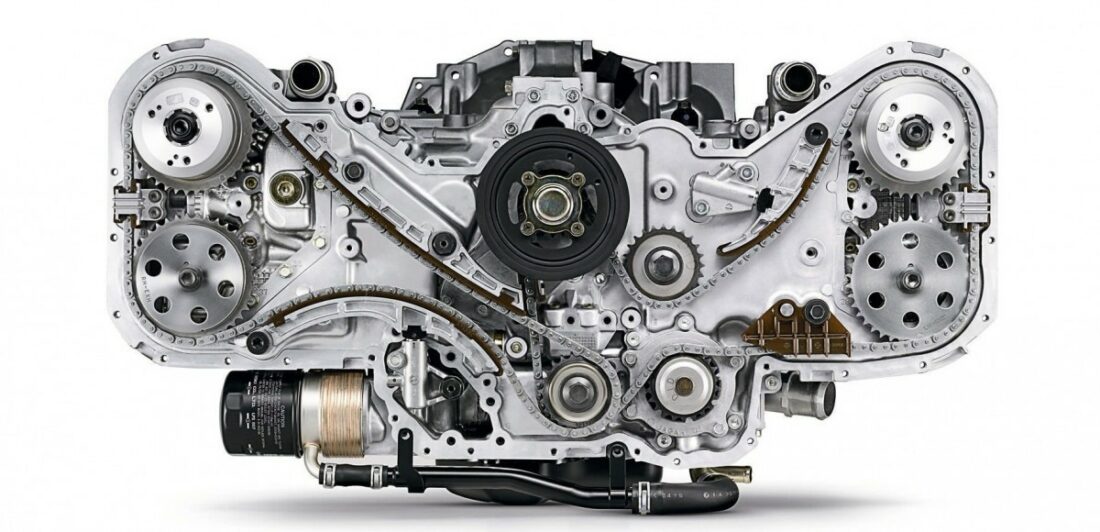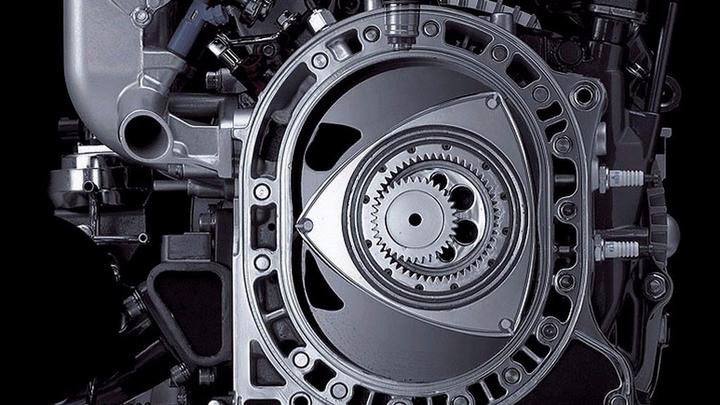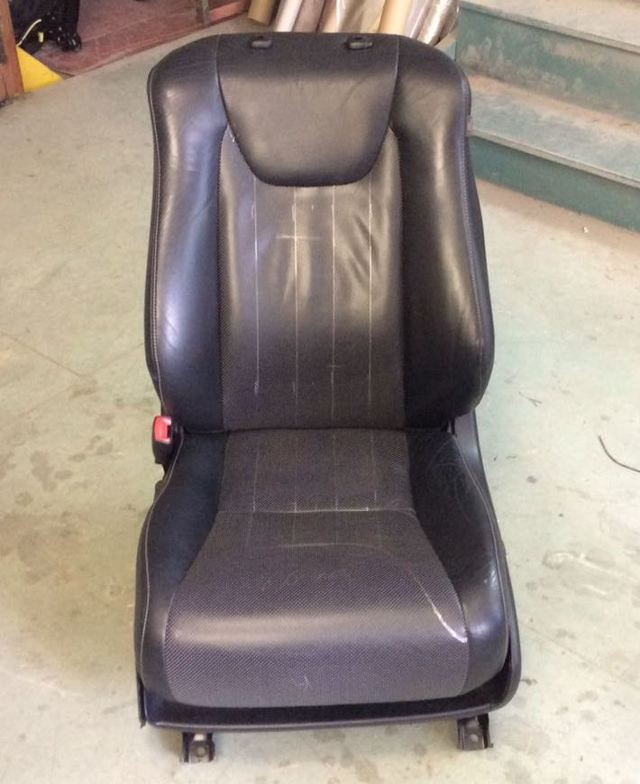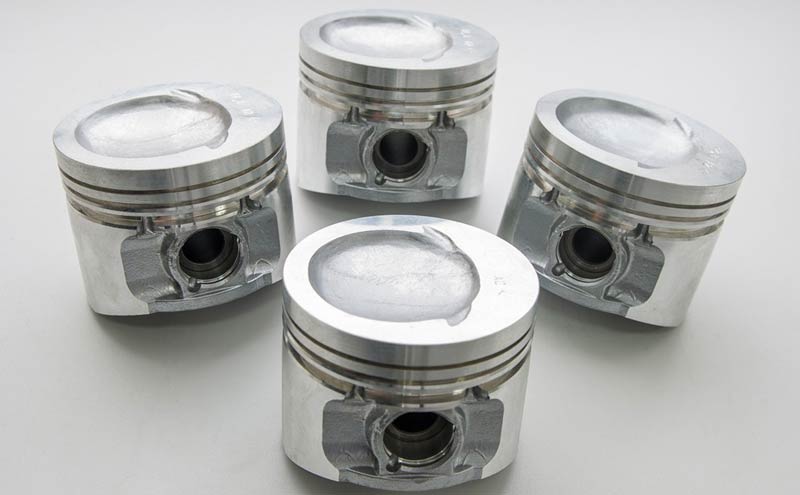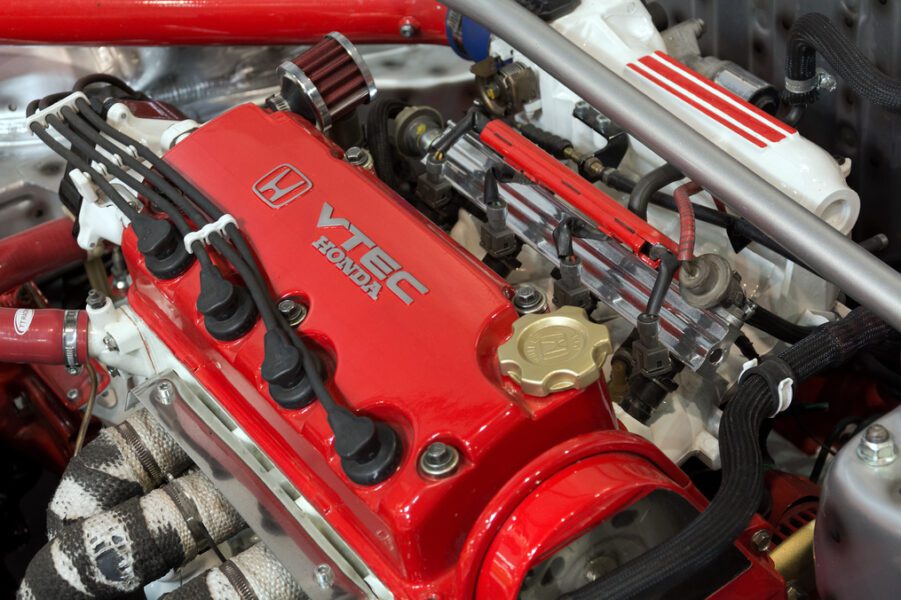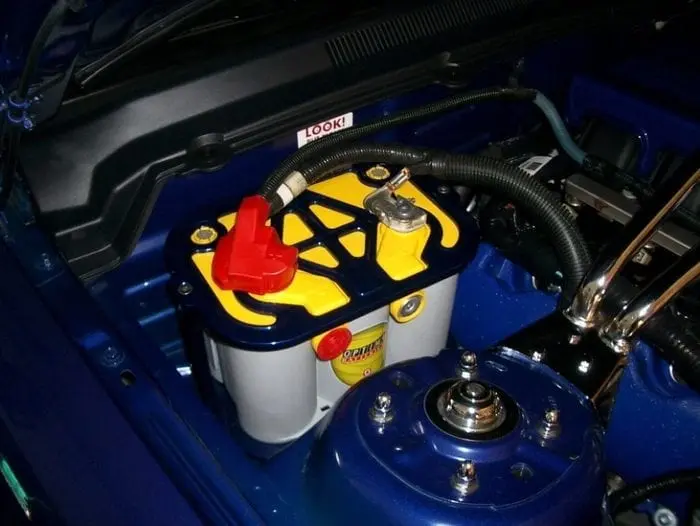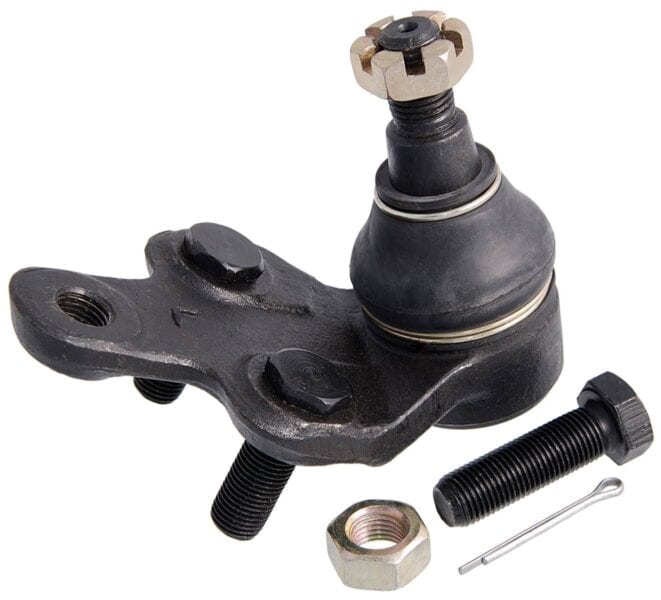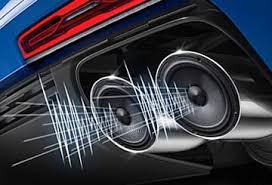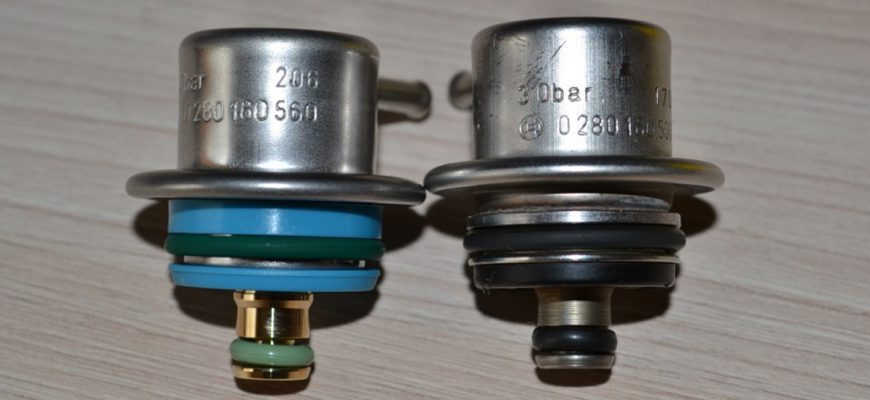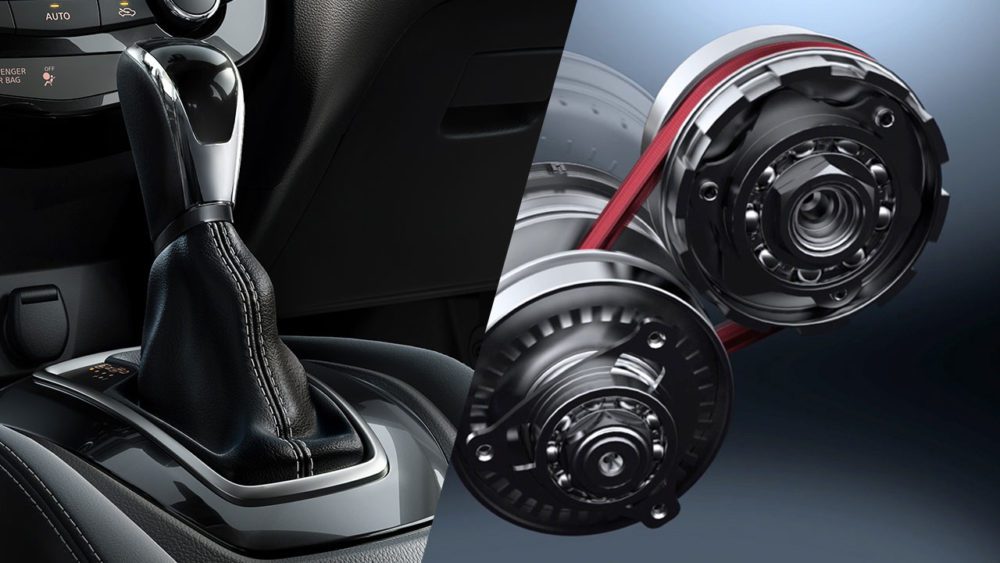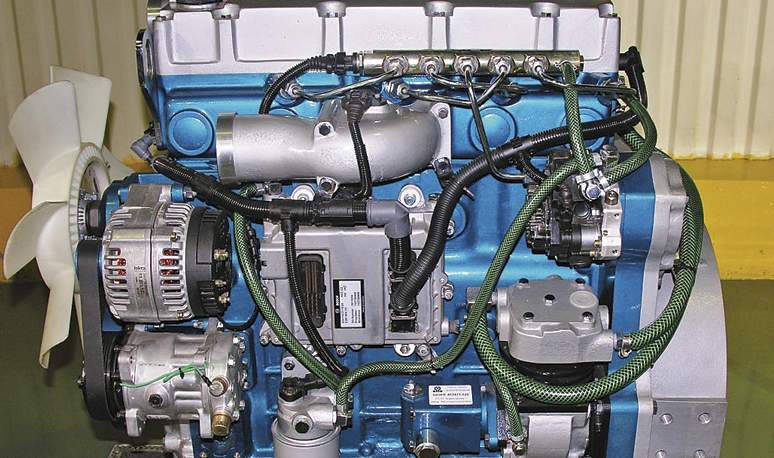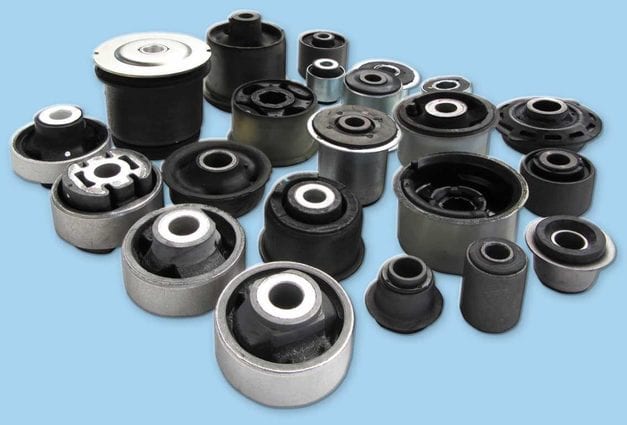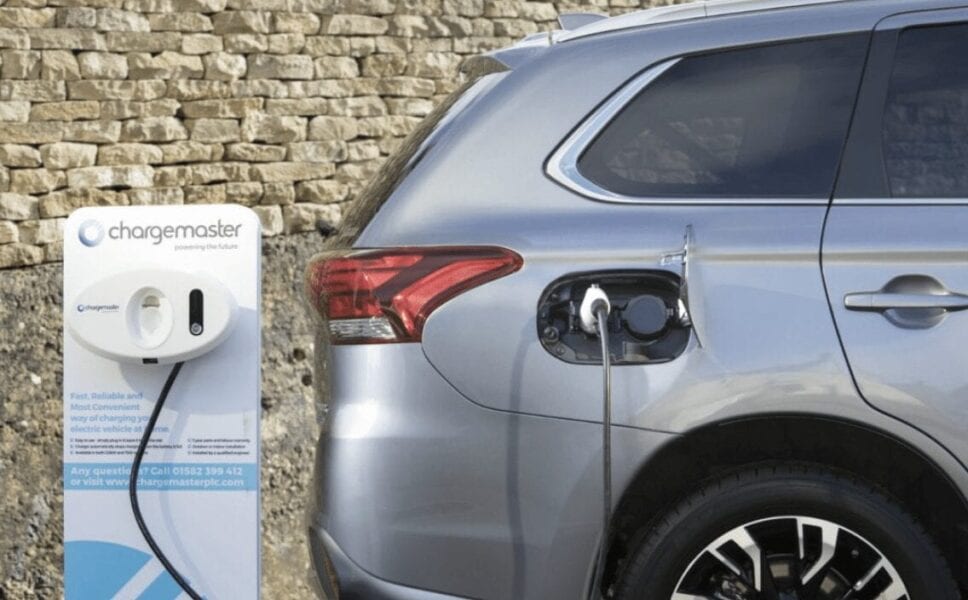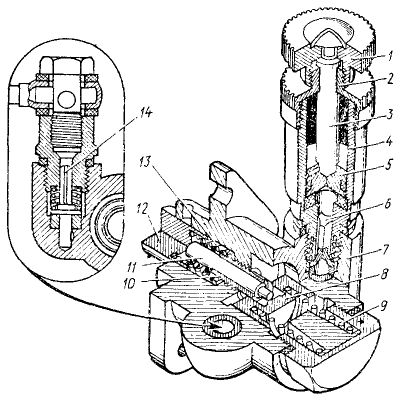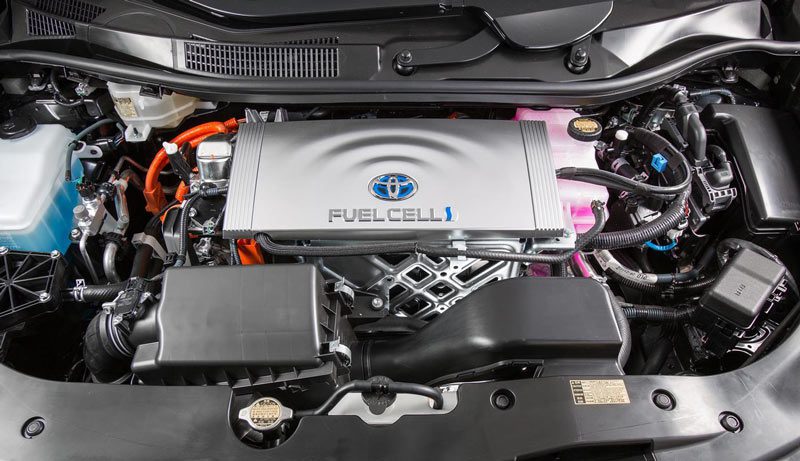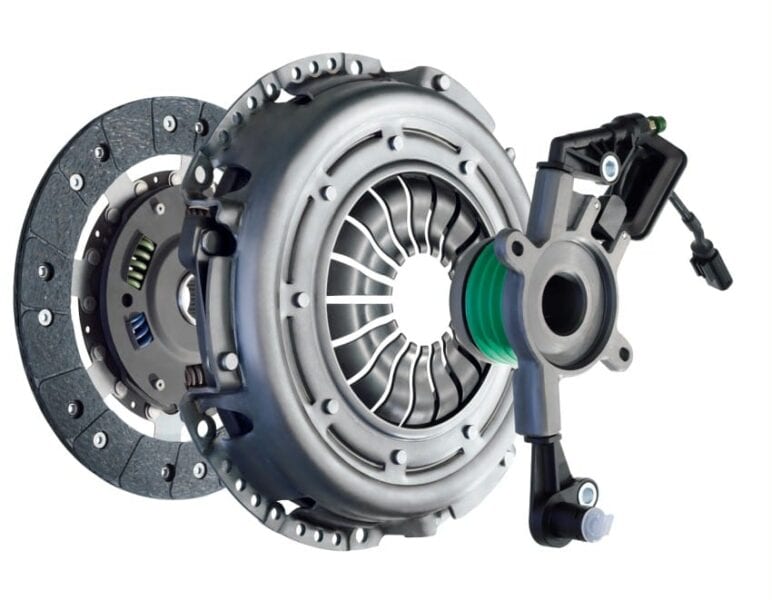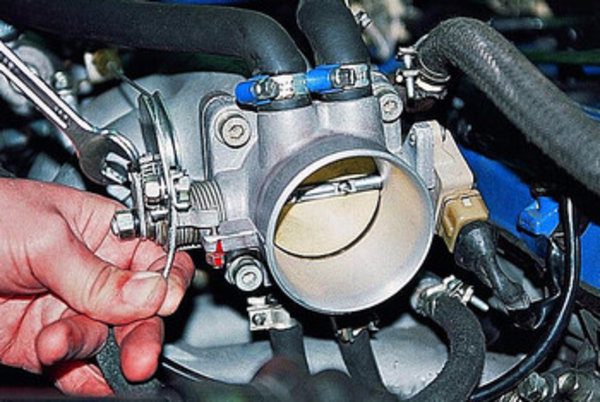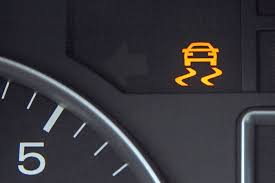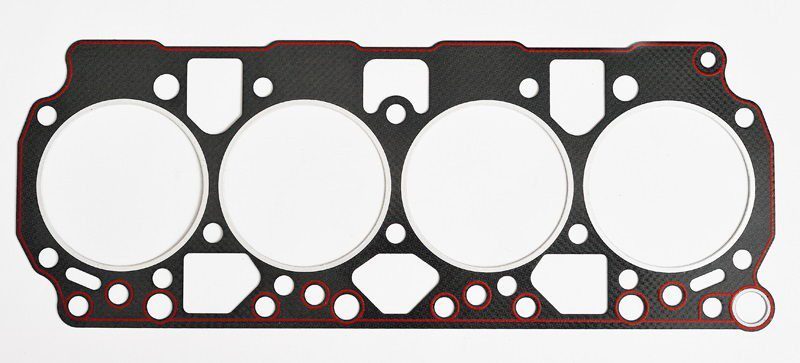Engine unit
Inlet valve
In this edition we will talk about intake and exhaust valves, however, before going into details, we will put these elements in context for a better understanding. The engine needs a means to distribute the intake and exhaust gases, to control and move them through the manifold to the intake manifold, combustion chamber and exhaust manifold. This is achieved through a series of mechanisms that form a system called distribution. An internal combustion engine requires a fuel-air mixture, which, when burned, drives the mechanisms of the engine. In the manifold, the air is filtered and sent to the intake manifold, where the fuel mixture is metered through systems such as a carburetor or injection. The finished mixture enters the combustion chamber, where this gas burns and, thus, converts thermal energy into mechanical energy. After finishing…
What is an engine block?
What is an engine block (and what does it do)? The engine block, also known as the cylinder block, contains all of the major components that make up the underside of the engine. Here the crankshaft rotates, and the pistons move up and down in the cylinder bores, ignited by the combustion of fuel. In some engine designs, it also holds the camshaft. Usually made of aluminum alloy on modern cars, usually made of cast iron on older cars and trucks. Its metal construction gives it strength and the ability to efficiently transfer heat from combustion processes to the integrated cooling system. The aluminum block usually has a pressed iron bushing for the piston bores or a special hard coating applied to the bores after machining. Initially, the block was just a metal block holding the cylinder bores,…
valve spring
What is a valve spring and how does it work? You may be somewhat familiar with how a valve spring works to power your car's engine, but these springs also play an important role in the marine engineering world. As long as the springs are able to maintain the required pressure, they will help you avoid sudden engine failures and damage. In short, they help keep your valves running smoothly. But it's much more than that. Read on to learn about the problems a spring valve can help prevent, learn about the different types of spring valves, and understand how to recognize common signs of a problem. What do valve springs do? First, let's discuss the role the valve spring plays in the marine world. The valve spring is placed around the valve stem...
Engine tuning: more power, less consumption, better performance!
The engines of the new factory vehicles are calibrated for medium power development. If you want to make your car more efficient and perform better, engine tuning is the smart thing to do. There are many possibilities. Arctic temperatures, like desert heat, are rare in Europe, so many of the default settings are redundant. With these calibrations, manufacturers make a compromise between performance and service life with minimal maintenance. And what's more: they consume performance that can be returned to the car with professional help. Engineers must take into account all possible weather conditions. Types of tuning Tuning is not limited to mechanical interventions in the engine, although everything once started there with the retrofitting of turbo boosters, compressors, nitrous oxide injection, etc. Time and time again, technological advances have created new opportunities to improve vehicle performance. Currently…
Two-stroke engine in a car
The world of cars has seen a lot of developments in powertrains. Some of them were frozen in time due to the fact that the designer did not have the funds for the further development of his offspring. Others turned out to be ineffective, so such developments did not have a promising future. In addition to the classic in-line or V-shaped engine, manufacturers produced cars with other designs of power units. Under the hood of some models, one could see a Wankel engine, a boxer (or boxer), a hydrogen engine. Some automakers may still use such exotic powertrains in their models. In addition to these modifications, history knows several more successful non-standard motors (there is a separate article about some of them). Now let's talk about such an engine with which almost none of the motorists ...
Contact ignition systems, device, principle of operation
Any car equipped with an internal combustion engine will definitely have an ignition system in electronics. In order for the mixture of atomized fuel and air in the cylinders to be able to ignite, a decent discharge is needed. Depending on the modification of the on-board network of the car, this figure reaches 30 thousand volts. Where does such energy come from if the battery in the car only produces 12 volts? The main element that generates this voltage is the ignition coil. Details on how it works and what modifications there are are described in a separate review. Now let's focus on the principle of operation of one of the varieties of ignition systems - contact (different types of SZ are described here). What is a contact ignition system of a car Modern cars have received a battery-type electrical system. Her scheme is as follows...
Alternator Regulator: Role, Operation and Change
The alternator regulator is the electrical part of the alternator. Due to this, discharge, overload and overvoltage of the battery are excluded. Indeed, it is used to maintain battery voltage. It is attached to the generator and can be replaced on its own if it fails. ⚙️ What is a generator regulator? L 'alternateur of your car allows you to charge the battery. It generates electricity to power and thus keep your car's electrical equipment running. Le regulator is part of the alternator. The role of the alternator regulator is to maintain the voltage of the battery and thus avoid discharging the battery and possible overvoltage. Finally, the alternator regulator prevents the battery from overcharging. Indeed, the generator is constantly driven by the accessory strap. If the battery is full...
What is a pickup truck, advantages and disadvantages
In the city, a pickup truck is unlikely to be seen. It is not used and the article says why. But outside the suburbs or during trips, pickups will meet constantly. The most important thing is that a pickup truck is not an SUV, but a separate car with its own history. What is a pickup truck? A pickup truck is a passenger car with an open luggage compartment - a platform. This is a functional car, standing between a truck and an SUV. It differs from the latter in a lower price, which is quite beneficial for Russian and foreign consumers. It is believed that the first pickup truck was created in the 20s of the 20th century in North America. The creator was Ford, and the car was called the Ford T and was considered a farmer's car. Behind her was...
Gasoline engine: device, principle of operation, advantages and disadvantages
In order for the car to be able to move independently, it must be equipped with a power unit that will generate torque and transmit this force to the drive wheels. For this purpose, the creators of mechanical means have developed an internal combustion engine or internal combustion engine. The principle of operation of the unit is that in its design a mixture of fuel and air is burned. The motor is designed to use the energy released in this process to rotate the wheels. Under the hood of a modern car, a gasoline, diesel or electric power unit can be installed. In this review, we will focus on the gasoline modification: on what principle does the unit work, what device does it have, and some practical recommendations on how to extend the life of the internal combustion engine. What is a gasoline car engine First, let's deal with the terminology. ...
Wankel engine - the device and principle of operation of the RPD car
Throughout the history of the automotive industry, there have been many advanced solutions, the designs of components and assemblies have changed. More than 30 years ago, active attempts began to shift the piston engine to the side, giving the advantage to the Wankel rotary piston engine. However, due to many circumstances, rotary motors did not receive their right to life. Read about all this below. How it works The rotor has a triangular shape, with a convex shape on each side, which acts as a piston. In each side of the rotor there are special recesses that provide more space for the fuel-air mixture, thereby increasing the operating speed of the engine. The top of the faces is equipped with a small sealing baffle that facilitates the execution of each measure. On both sides, the rotor is equipped with sealing rings that form the wall of the chambers. The middle of the rotor is equipped with teeth, with ...
Fan viscous coupling: device, malfunctions and repair
Any internal combustion engine requires a quality cooling system. This is due to the nature of his work. A mixture of air and fuel is burned inside the cylinders, from which the cylinder block, head, exhaust system and other adjacent systems heat up to critical temperatures, especially if the engine is turbocharged (read about why a turbocharger is in a car and how it works, read here). Although these elements are made of heat-resistant materials, they still need to be cooled (if heated critically, they can deform and expand). To do this, automakers have developed different types of cooling systems that are able to maintain the operating temperature of the motor (what this parameter should be described in another article). One of the components of any cooling system is the fan. The device itself...
VTEC system for car engine
Automotive internal combustion engines are constantly improving, engineers are trying to "squeeze out" maximum power and torque, especially without resorting to increasing the volume of cylinders. Japanese auto engineers became famous for the fact that their atmospheric engines, back in the 90s of the last century, received 1000 horsepower from a volume of 100 cm³. We are talking about Honda cars, which are known for their torquey engines, especially thanks to the VTEC system. So, in the article we will deal in detail with what VTEC is, how it works, the principle of operation and design features. What is the VTEC Variable Valve Timing and Lift Electronic Control system, which is translated into Russian, as an electronic control system for the opening time and lift height of the gas distribution valve. In simple words, it is a system of change...
Engine valve. Purpose, device, design
In order for a four-stroke internal combustion engine of any car to work, its device includes many different parts and mechanisms that are synchronized with each other. Among such mechanisms - timing. Its function is to ensure timely operation of the valve timing. What it is is described in detail here. In short, the gas distribution mechanism opens the intake / exhaust valve at the right time to ensure the timeliness of the process when performing a particular stroke in the cylinder. In some cases, both holes are required to be closed, in others, one or even both are open. Let's take a closer look at one detail that allows us to stabilize this process. This is a valve. What is the peculiarity of its design, and also how does it work? What is an engine valve By a valve is meant ...
What is Motronic System?
For the efficiency of the engine at different speeds and loads, it is necessary to correctly distribute the supply of fuel, air, and also change the ignition timing. In older carbureted engines, it is impossible to achieve such accuracy. And in the case of a change in ignition, a complex procedure for upgrading the camshaft will be required (this system was described earlier). With the advent of electronic control systems, it became possible to fine-tune the operation of an internal combustion engine. One such system was developed by Bosch in 1979. Its name is Motronic. Consider what it is, on what principle it functions, and what are its pros and cons. The device of the Motronic system Motronic is a modification of the fuel injection system, which is also simultaneously capable of controlling the ignition distribution. ...
Booster pump and fuel pump: operation
The priming pump is a pump used to return fuel from the tank, often located quite far from the engine compartment. For more information on the entire fuel system go here. The booster / fuel pump consists of a suction motor, a filter and a pressure regulator. Fuel vapors are no longer sent into the air, but are collected in a canister (without maintenance). These vapors can be returned to the air intake for improved starting, all controlled by a computer. Location A booster pump, also called a fuel pump and even a submersible pump, is an electric pump that is most often located in a vehicle's fuel tank. This booster pump is connected through a pipeline to a high pressure fuel pump located in the engine. The lift pump is also connected to...
The device and principle of operation of the throttle valve
The throttle valve is one of the most important parts of the intake system of an internal combustion engine. In a car, it is located between the intake manifold and the air filter. In diesel engines, a throttle is not needed, however, it is still installed on modern engines in case of emergency operation. The situation is similar with gasoline engines if they have a valve lift control system. The main function of the throttle valve is to supply and regulate the air flow necessary for the formation of the air-fuel mixture. Thus, the stability of the engine operating modes, the level of fuel consumption and the characteristics of the car as a whole depend on the correct operation of the damper. Throttle device From a practical point of view, the throttle valve is a bypass valve. In the open position, the pressure in the intake system is equal to atmospheric. As…
